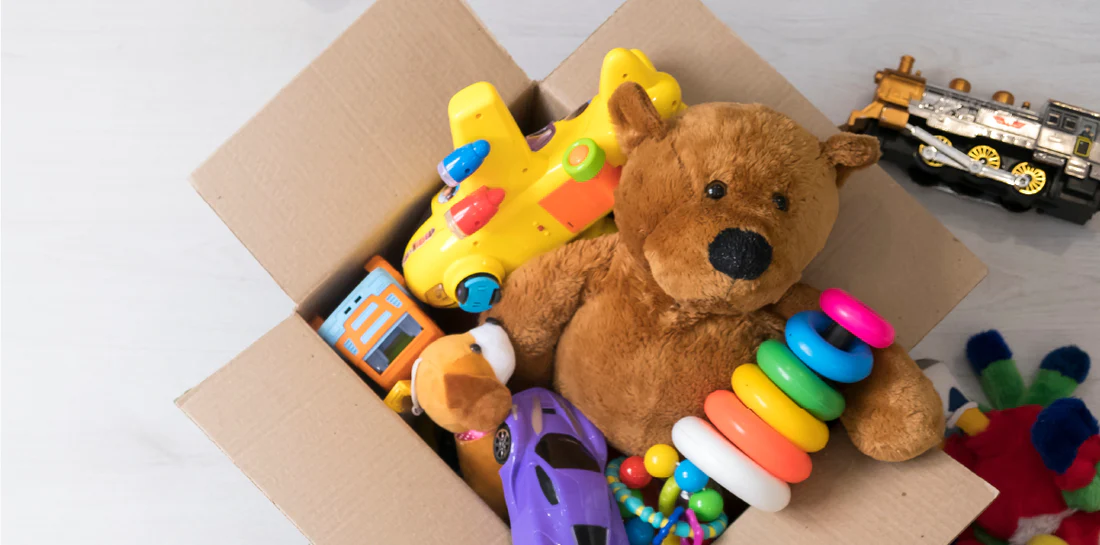Intro
Do you have kids? How many? Do you feel like you can never finish sorting out the toys at home and there are always more and more, like they are growing themselves? Many parents want to declutter their children’s toys, but the children don’t want to throw away any of them.
Then how to declutter toys?
This seems to be a huge problem for all parents.
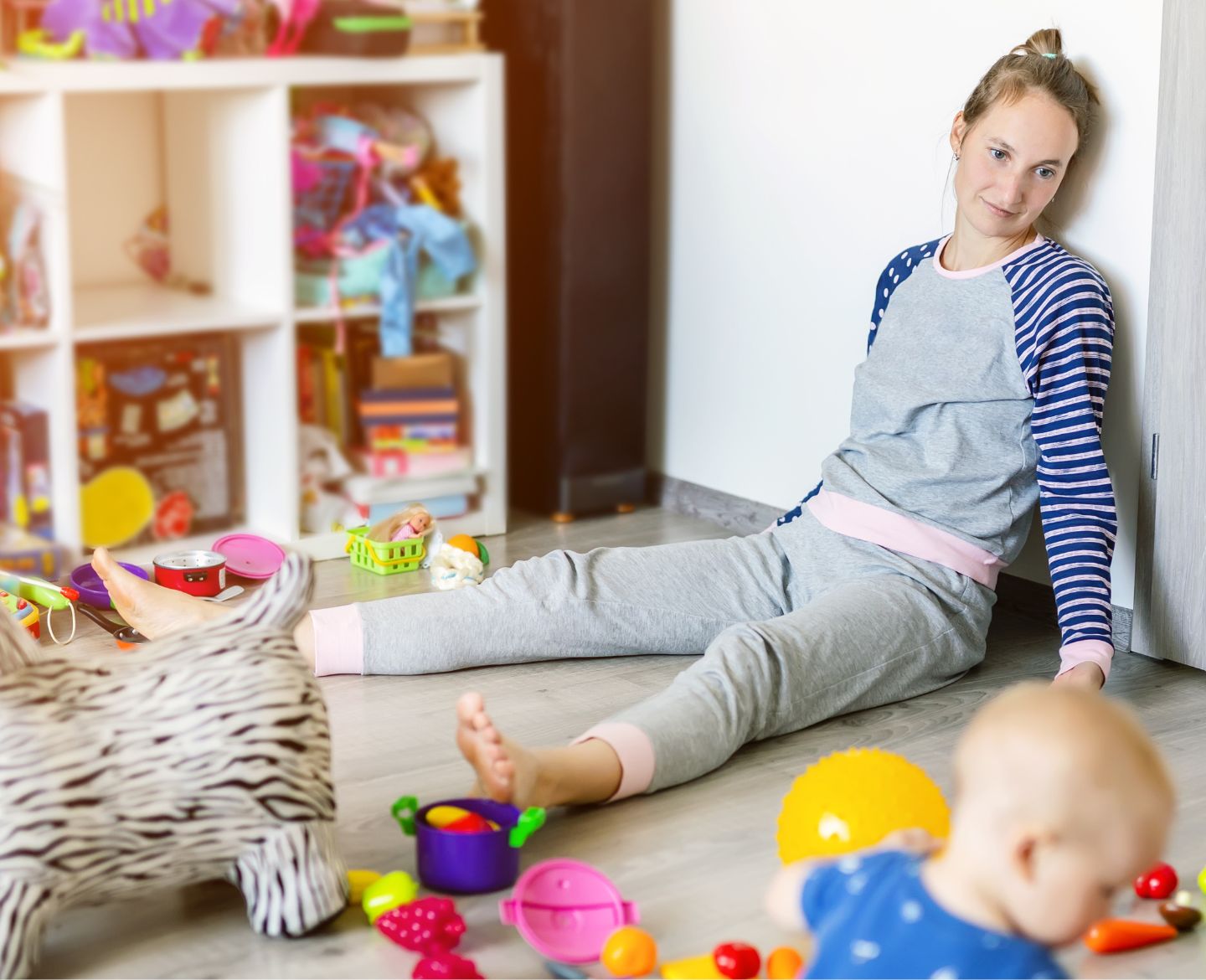
Why to declutter kids toys?
It has been observed that four “too” s in life cause many behavioral and emotional problems in children: too many things, too many choices, too much information, and too fast.
When children are overwhelmed, they may show symptoms such as anxiety, irritability, and control, which someone calls as “soul fever.”
How to avoid it? Simplify children’s lives. Slow down the pace of life and leave more time and space for children so that they can grow, create and discover themselves freely.
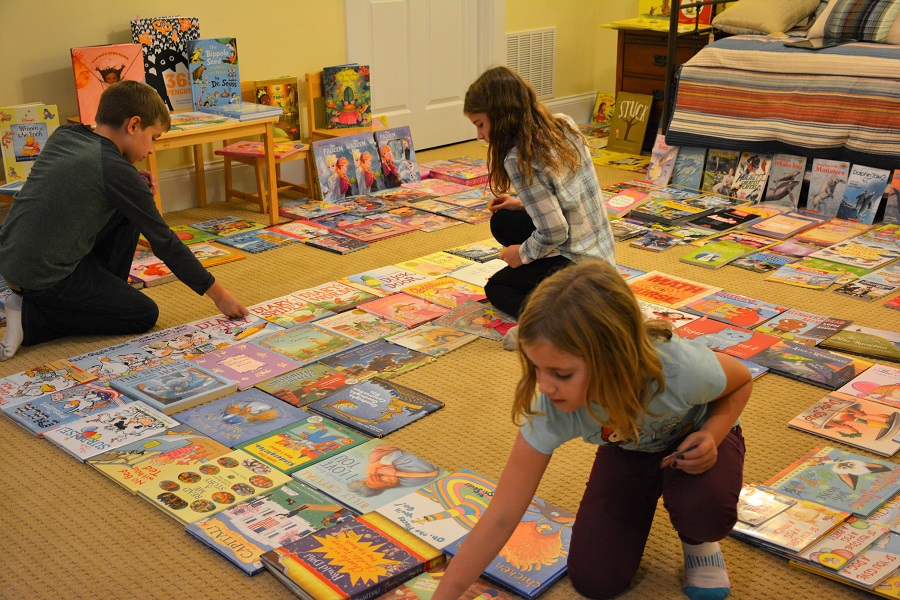
For children, a mountain of toys is a microcosm of their emerging worldview. The meaning is “I can choose this toy or that toy, or the one below, they are all mine. But there are so many, none of them are valuable, I have to get some more toys!”
This worldview also characterizes their emotional context. A child with too many choices will learn that “none of them are worth it” and will always want that elusive, next thing that is not yet given to him. “Want more!” is their feeling of power, which comes from too much sovereignty and too many choices, but it is actually a great sense of vulnerability that is masked.
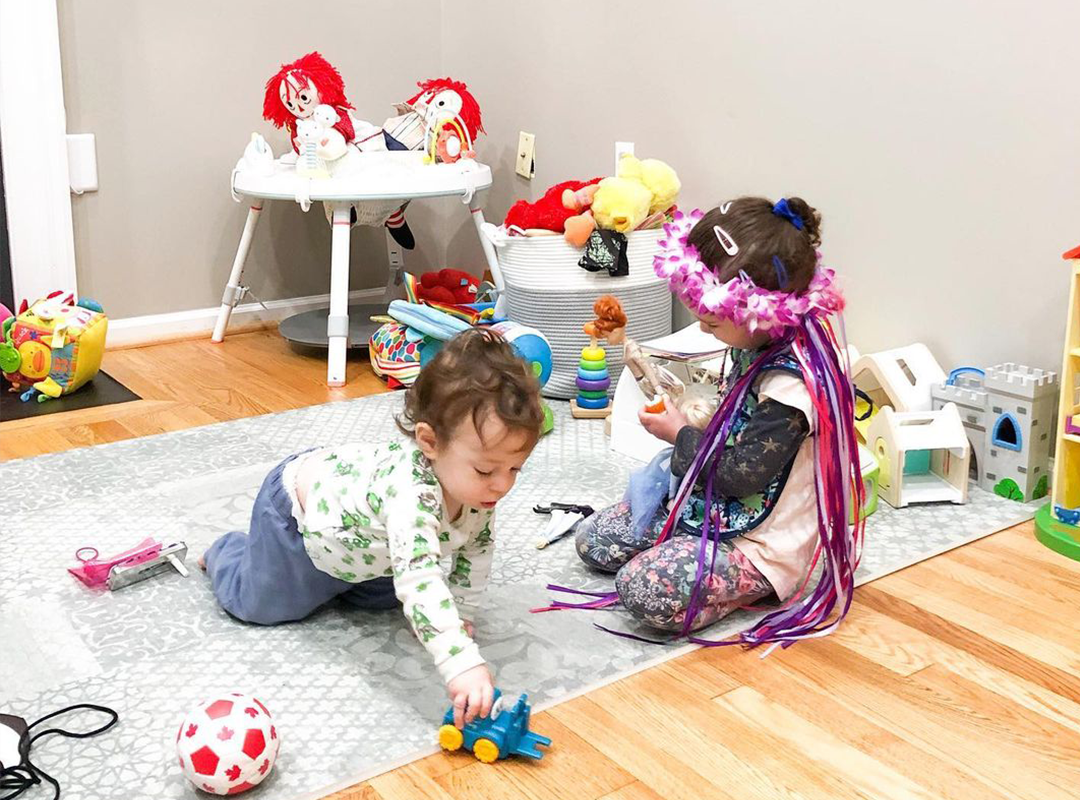
What should parents do to declutter toys?
As parents who love our children, we can help them expand and protect their childhood by limiting their choices and not allowing them to be overloaded with the false sense of power of having too many choices and too much “stuff.” The first step is to start with toys.
I believe toys are the most common thing in many families. Many parents have no time to spend with their children because they are busy with work, so they think buying toys is a sign of love for their children. But in fact, this phenomenon is called overworking, under-nurturing, and using toys or things to make up for the parent-child relationship.
The general way of decluttering toys:
Put all the toys in a pile, find half and throw them away. Throw away half and put away half the second time. Half of the third time was left to play.
There should be toys, but not too many. There is no need for toys to develop children’s imagination. By simplifying the number and complexity of children’s toys, we give children the “freedom” to build their own imaginary worlds.
When children don’t have anyone to tell them what to want or what to imagine, they can learn to follow their own interests and trust their own inner voice. They can discover their true inner voice.
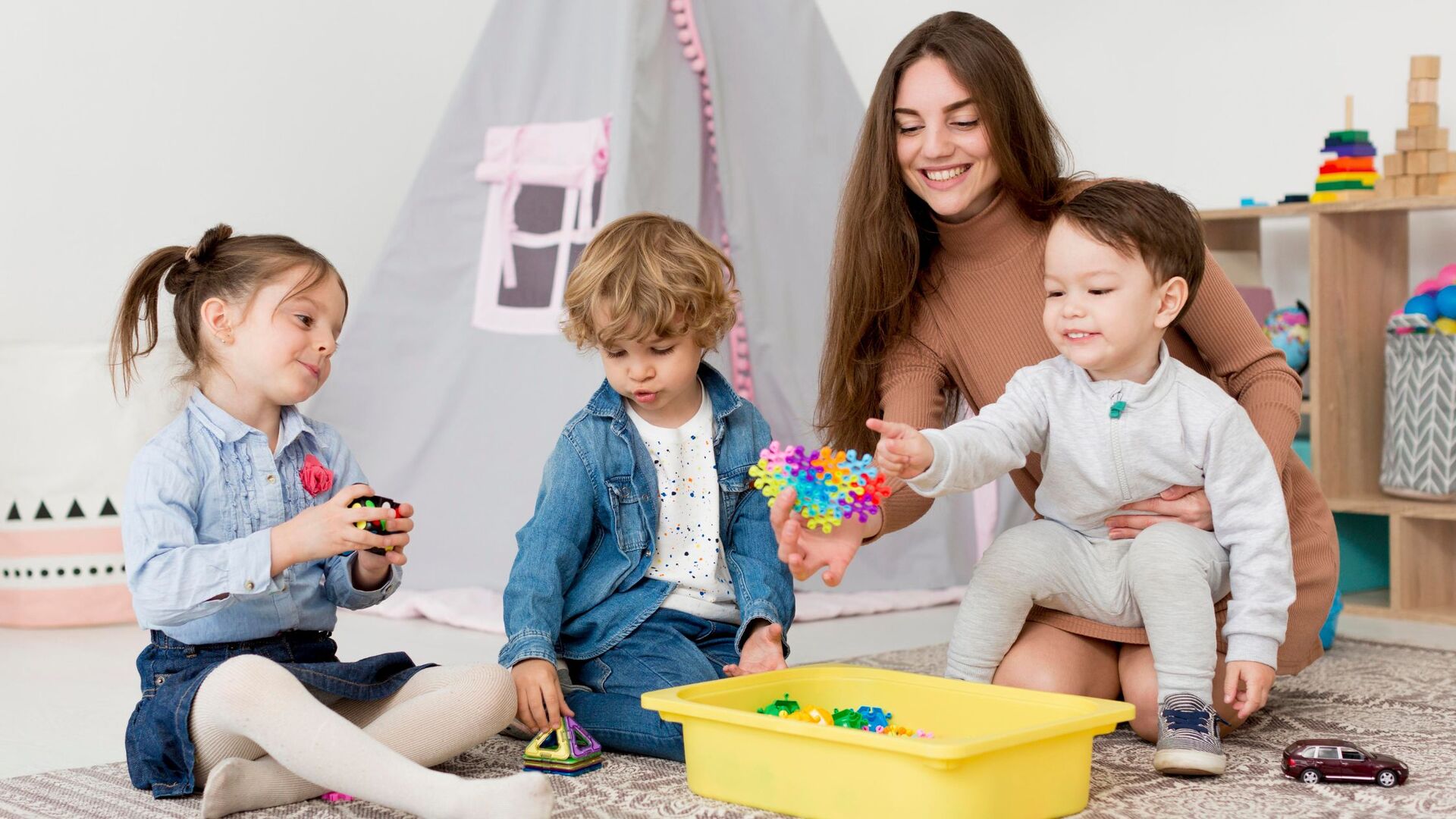
The principle of choosing toys
The principle of choosing toys is to ask yourself, “Is this a toy that my child can inject imagination into? Or is it too ‘set’?” “set” means that it is too finished, too refined, and everything has been done. toys (e.g., something that sings or lights up when you press a button). What children need are toys (for example, plasticine, sand) that can “change it, change it, dream about it”. The most cherished toys in our memories are often the simplest toys. During play, the fewer toys that can be used, the more characters they can become (for example, wooden blocks, dolls.).
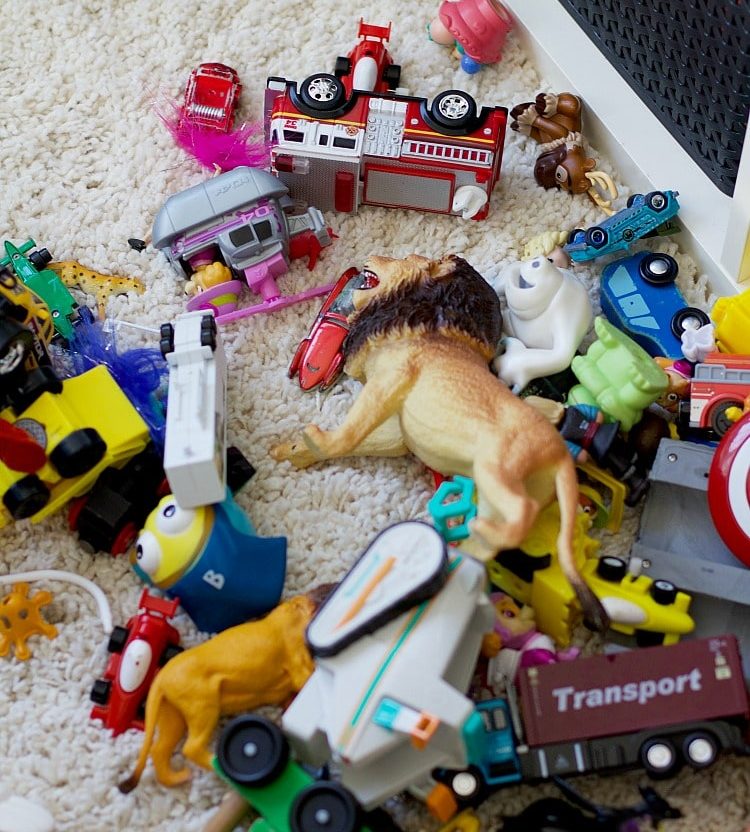
About Declutter Games
Here are our previous articles recommended: 9 Excellent Declutter Game 2023: Help Your Minimalist Life (Part1 & Part2). These two articles are about Declutter Game, and as we all know, kids love games! Parents can play these minimalist games with their children and complete the tasks of the declutter toys in the game.
Let children learn to declutter their toys
I believe that many parents say that they can buy them a new toy as a condition for throwing away the old toy, but children would rather not have a new toy than throw away a toy that they have already played with, or even a toy that is completely broken.
Here’s a little trick: tell your children to organize their toys themselves, and give them a relatively small toy box. They will slowly put the toys they care about into the toy box according to their own preferences, and leave the remaining toys in the box. I believe most of them are tired of playing it or have forgotten it.
After a few times of doing this, the children will notice that these toys are just troublesome, then they will agree to your suggestion and throw them away, or put them in a place where they cannot see them. After a while, they will be thrown away.
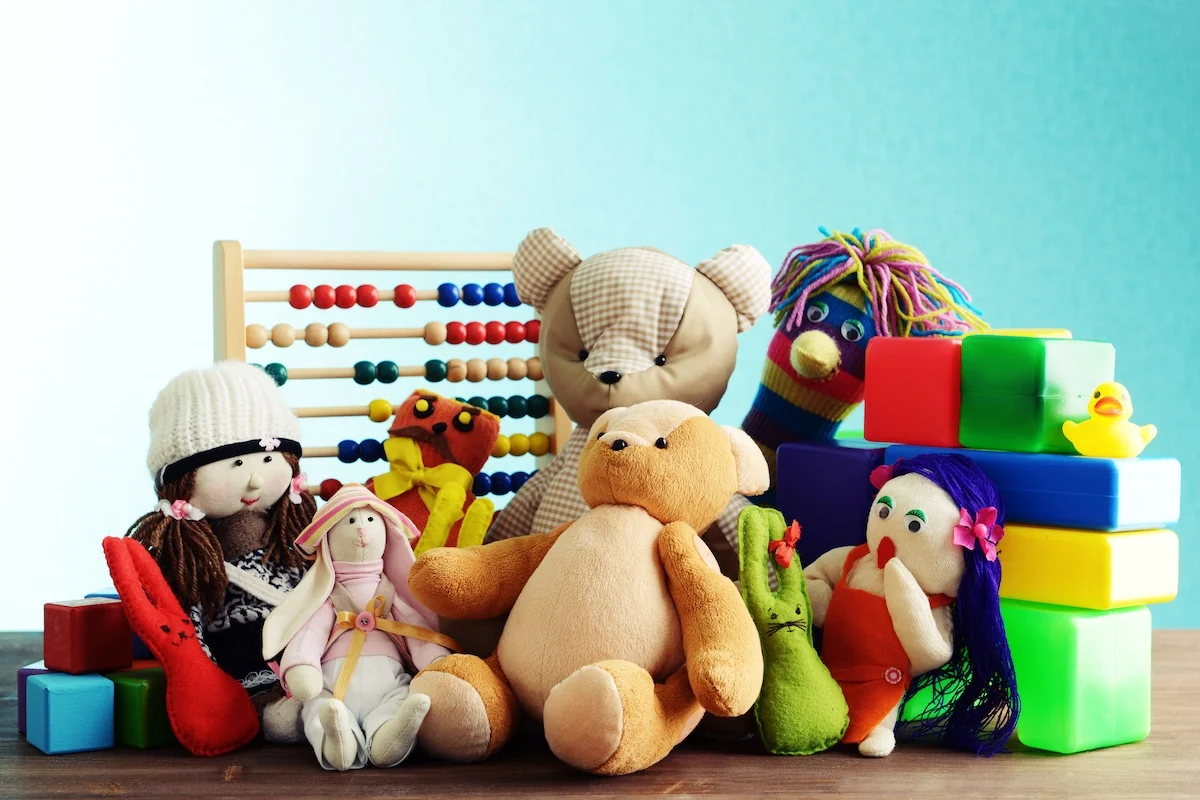
Choices after sorting out
Of course, when decluttering kids toys, parents must seek their children’s opinions. Toys are important friends and memories for children.
For toys, the best outcome would be to be donated. You can also give these old toys to friends around you. If the friends around you really need them, they will naturally pick up these toys. In this case, children will actually be very receptive. They feel that their toys have gone to a better place. No matter what, they will still see them one day.
For toys that need to be thrown away, if the child is really reluctant to part with them, you can perform a farewell ceremony for them. I believe many people have watched the Toy Story series. Saying a decent farewell to toys is a responsibility that every child and even adults should fulfill.
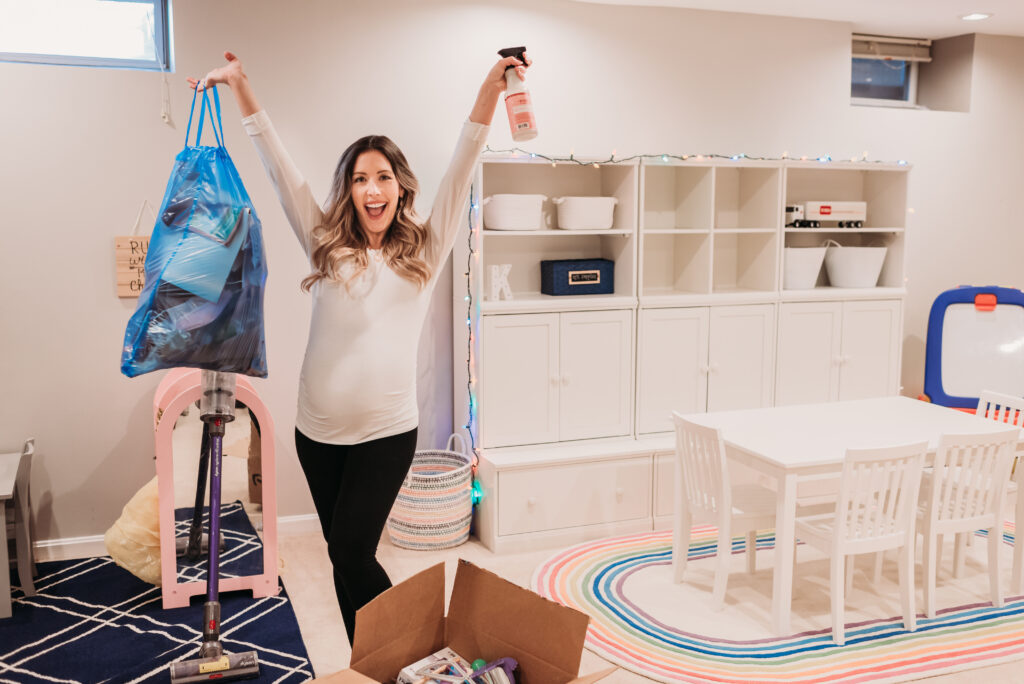
Which toys can be thrown away directly?
- Broken Toys
For example, a small train that lacks tracks, or a car that has a broken light-emitting gyroscope. This toy really needs to be thrown away because really, it’s useless.
- Toys not suitable for children’s growth and development
Toys from when children were young, bed bells, rattles, rattles, etc., toys that they will never touch again, and they don’t even know that these toys still exist!
For toys that are not yet old enough to play with, most of the toys will have the applicable age written on the packaging. If your child is only three years old, but there is a toy that is suitable for 13 years old, then you can put it away without hesitation. The declutter fell off. Because after ten years, I believe this toy will no longer know where to go, or, perhaps, this toy will be outdated.
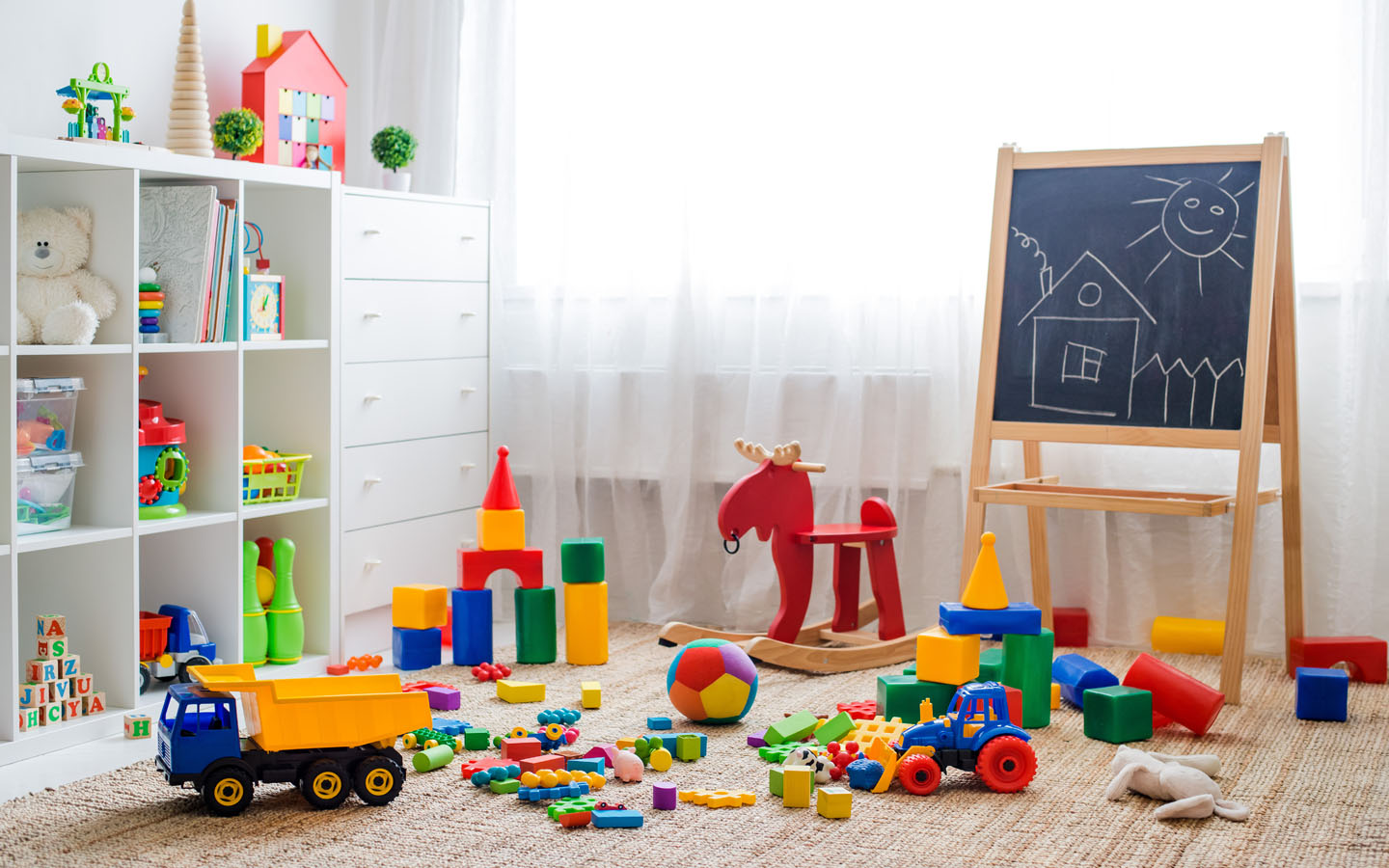
- High stimulation toys
Electric toys with a full set of effects such as flashing lights, electronic sounds, high speeds, and loud sounds will raise the child’s stimulation standard very high, and gradually accumulate into a crazy state. High stimulation prompts frequent secretion of adrenaline, leading to an increase in cortisone concentration in the body, which is the same as increased stress. Children who play with such toys for a long time will be greatly affected psychologically and behave abnormally (light-emitting tops, reading dolls that are extremely noisy, and those remote-control monsters…).
However, this kind of toy is generally easy to break, and the toy may have become a first-class toy before the child gets tired of playing with it.
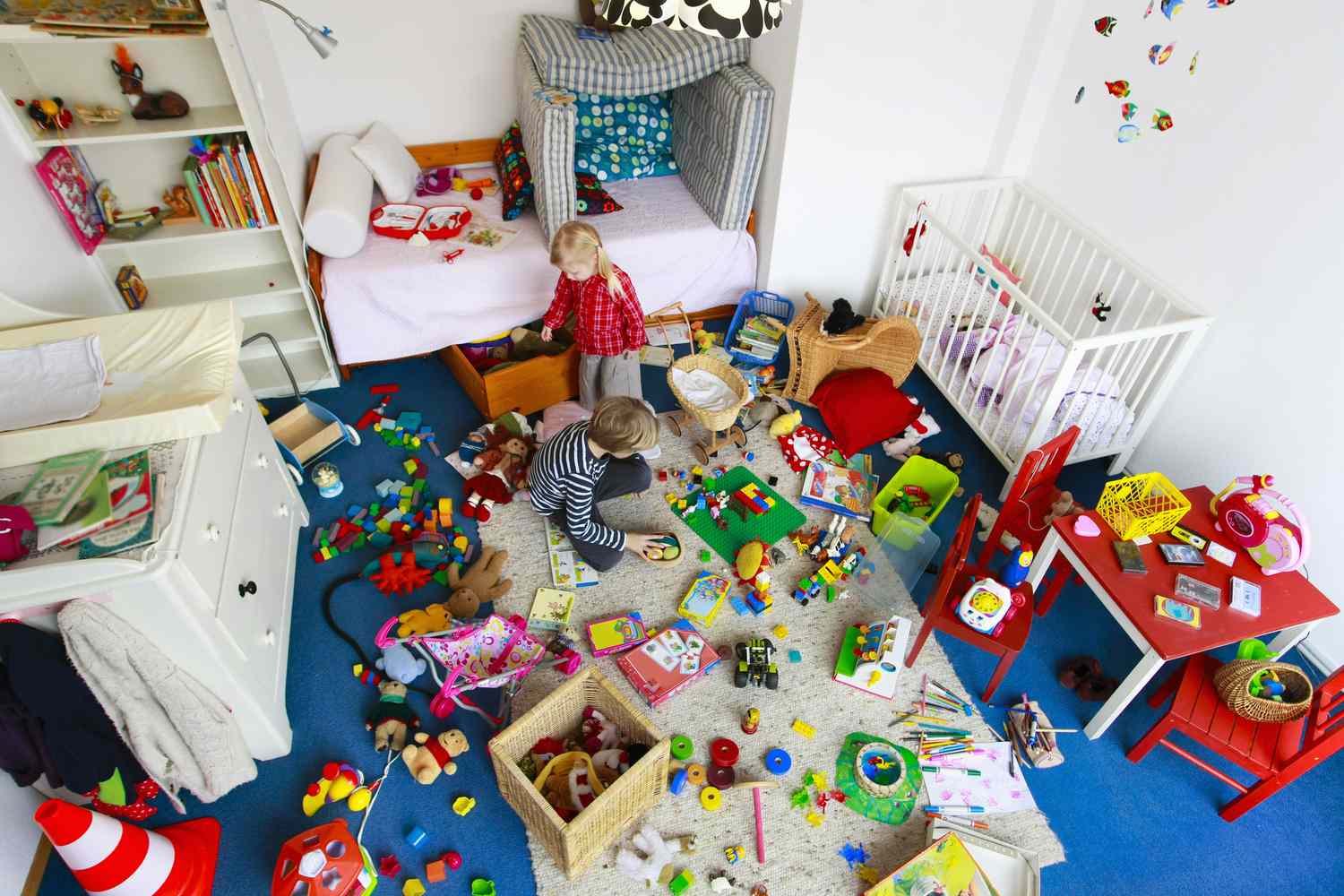
- Aggressive toys
This kind of toy is also a toy that is not suitable for children’s growth and health, and can be used for fighting and attacking. You can consider throwing away guns, swords, etc., depending on the situation.
The tip is to use other toys to attract children’s attention and keep them away from such toys. Don’t think that this deprives children of their right to choose, because children’s energy and time are limited, but they have seen too few things and need to try more things to distinguish between good and bad, and parents should be the ones who provide choices. people.
You just provide choices, and games with richer gameplay are obviously more interesting than some dull and crude attack toys.

